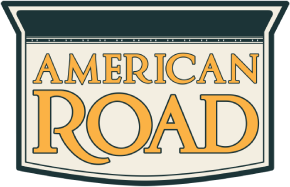When an eatery is named Ball Park Restaurant, diners might expect to find its menu filled with frankfurters. Yet at the Ball Park Restaurant of Street, Maryland, cream of crab soup hits the home run, and gourmet desserts give new meaning to the term “batter up!” If the Ball Park Restaurant isn’t a culinary shrine to peanuts and Cracker Jack, how did the eatery earn its name?
“There used to be a baseball diamond behind the restaurant,” says waitress Donna Burk.
During the late 1940s, food vendor Kenneth Montgomery opened a small hot dog stand near the ball eld. He fed hungry players and spectators, and soon expanded his business. Montgomery operated the eatery until 1981. After that, the establishment changed hands a few times before Joyce “Joy” Frederick took over in 1989.
“When my mom bought the place it was called ‘Waddell’s Ball Park Restaurant,’” says Joe Weiman—cook, manager, and owner’s son. “We dropped the ‘Waddell’s ’and have since expanded the restaurant four times.”

